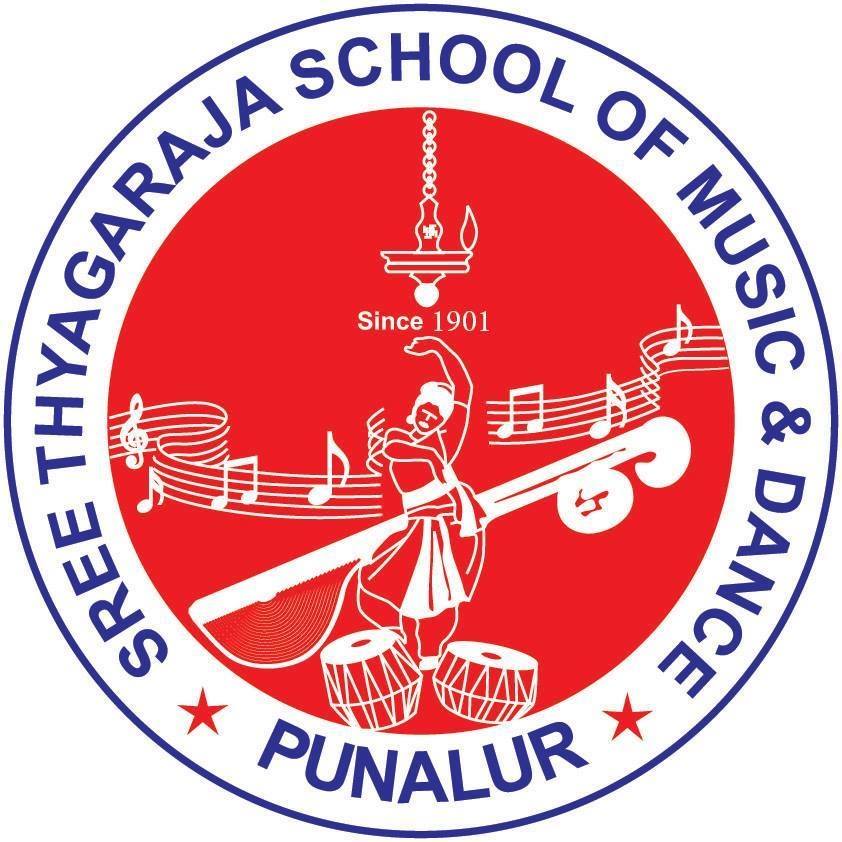
Overview :
Bharatanatyam is one of the oldest classical dance forms of India originating in Tamil Nadu. It is the most popular Indian classical dance form in the world. The name ‘Bharata’ is after Bharata Muni, the great author of the “Natya Shastra” which is the oldest surviving text on stagecraft in the world.
It is a dance of mind and soul. It’s antiquity lies about 3000 years ago with a mythological as well as a historical origin. Meaning of Bharatanatyam is the dance (natyam), that beautifully blends the three elements – ‘Bha’ – Bhava (from expressions), ‘Ra’ – Raga (from musical melody)and ‘Ta’ – Tala (from rhythm).
Some of the benefits for young kids are:
Samarpana dance academy founded by Preetha Arun provides personalized instruction for the serious student who aspires to excel in classical Bharatanatyam.
Dance lessons at Samarpana follow a comprehensive, well-rounded, immersive curriculum that places emphasis on quality and encourages the pursuit of excellence.
The Bharatanatyam curriculum includes instruction in Indian Classical Dance theory and cultural history, fitness and body conditioning, and rigorous fundamental training and technique refinement.

Bharatanatyam dance classes are offered by Sri Veena Vani Music School.

Advanced classes are focused on achieving finesse and experimenting with newer, more complex choreography, for dancers with significant experience and training.

Believed to have originated from the Gods, dance encompasses the physical, mental and spiritual planes.

Bharathanatyam dance classes are offered by Sree Thyagaraja School of Music & Dance.

Bharatnatyam Dance Classes are offered by Jotirang Music & Arts Institute for all ages and skill level. We believe that people learn better in supportive, friendly and musical environment and we offer the same.
© 2025 coursetakers.com All Rights Reserved. Terms and Conditions of use | Privacy Policy